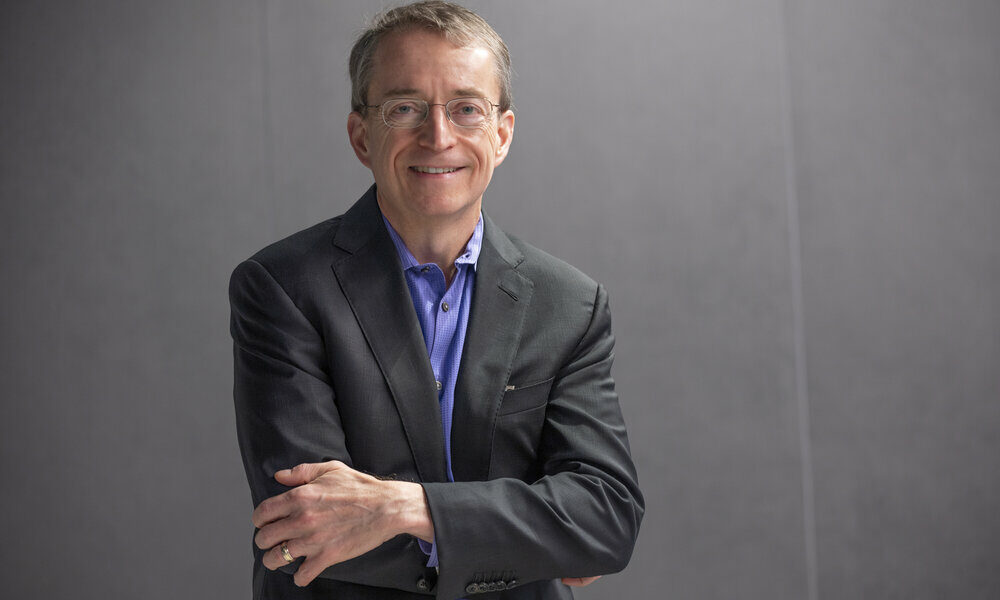
Last week we had the opportunity to attend a Q&A with Intel CEO Pat Gelsinger. As many of our readers will know, Pat Gelsinger took on a very important responsibility when he took over the chip giant in January 2021. At that time the company had been overtaken in the general consumer market by the Ryzen 5000, and in the professional sector the competition from the AMD EPYC was also taking its toll .
Under the baton of Pat Gelsinger they arrived the Raptor Lake-S processors, which were a complete success and returned the chip giant’s performance crown in the mainstream consumer market. There were also other important announcements, such as Sapphire Rapids, a truly revolutionary generation of processors for professional environments, and there were important advances in other sectors, thanks to solutions such as Ponte Vecchio and the Arc Alchemist series, which has finally reached the market.
In general, it has become clear that Pat Gelsinger has managed to put Intel back on the right track, and in the question and answer session that we shared with him we had the opportunity to outline some important details about the future of the company. The executive spoke about a very important topic for the technology industry, the supply chain, and also commented on other interesting topics, such as diversification and the use of next-generation nodes.
On the subject of the supply chain, Pat said that the situation remains complicated, and that in order to respond to the challenges it poses, it is necessary move from a “just in time” model to a “just in case” model. The idea put forward by the CEO of Intel is simple but very important, since it implies, in short, adopting a more reliable and stable supply chain model in order to respond to the challenges that we have to face right now, and those that are yet to come. to come.
Manufacturing process changes have also been fundamental for Intel, although they have had difficult moments. All our readers will remember that the transition from 14nm to 10nm took longer than expected, and this has been another interesting topic that Pat Gelsinger has explained. In a gesture of absolute transparency, the executive acknowledged that his first approach to 10 nm was very ambitiousthey actually had five different technologies around the 10nm node, and they made the mistake of not fully embrace the EUV (Extreme ultraviolet lithography) for the production of said node.
Pat Gelsinger has confirmed that the Intel 7 node has reached full maturity and that the production level is very good, and that there are currently multiple teams of engineers working in parallel on the company’s future nodes, known as Intel 4, Intel 3, and Intel 20A. In principle, there should be no major delays.
Finally, diversification will continue to be fundamental for Intel, proof of this is in its commitment to the graphics sector, but also in its important innovations at the software level, which range from Intel Unison until first quantum development kitand that have turned the Santa Clara company into much more than a chip giant.